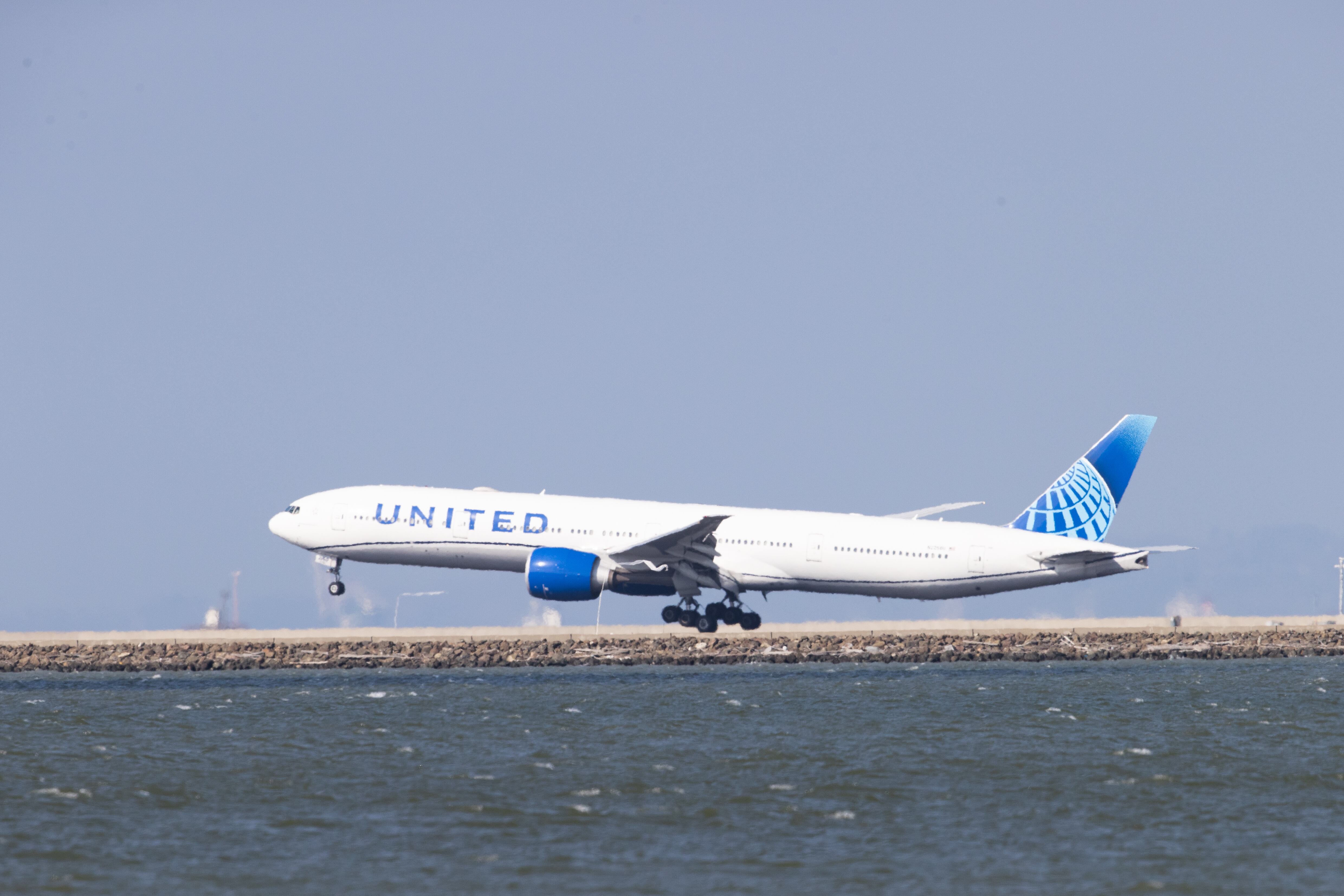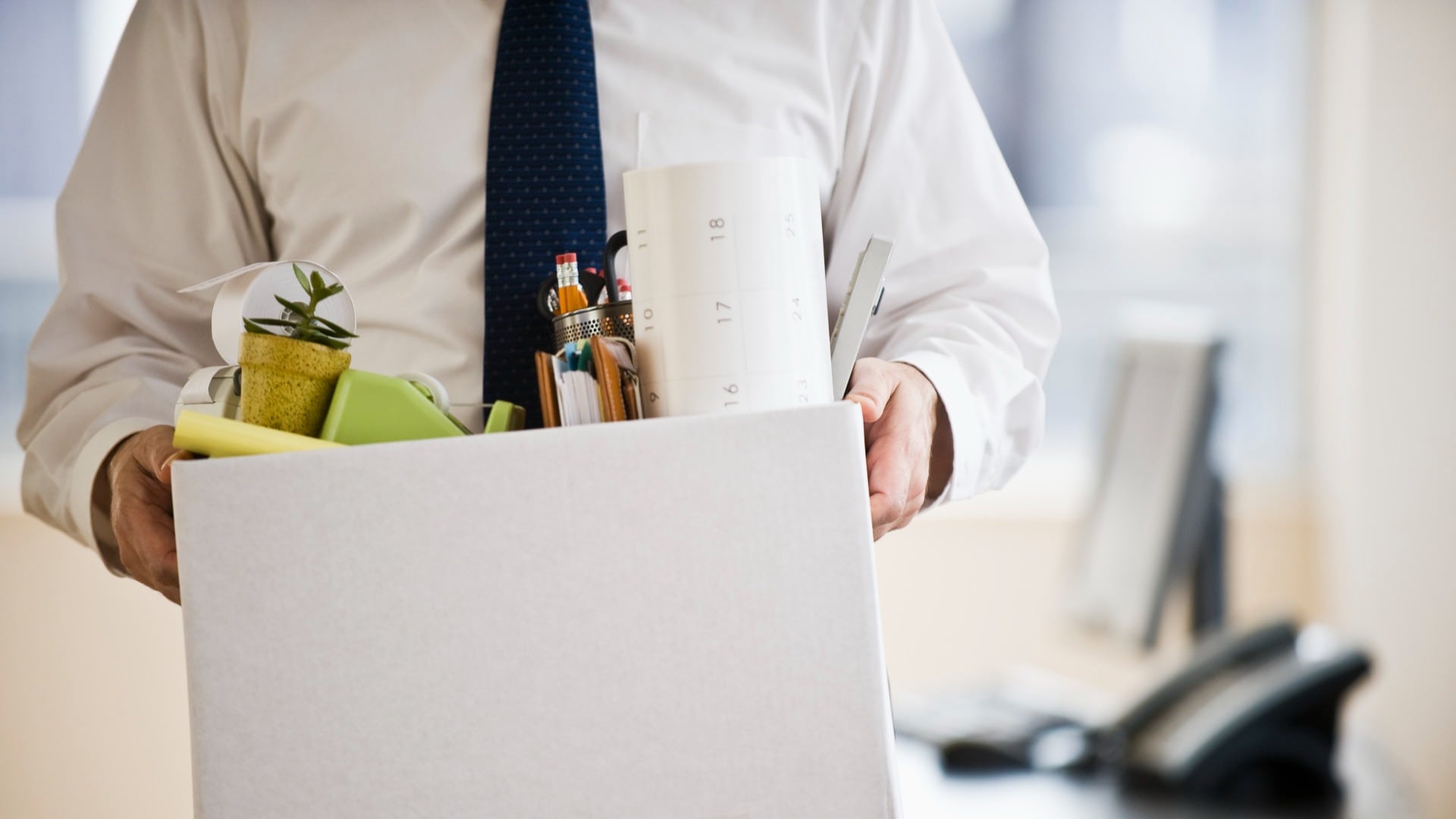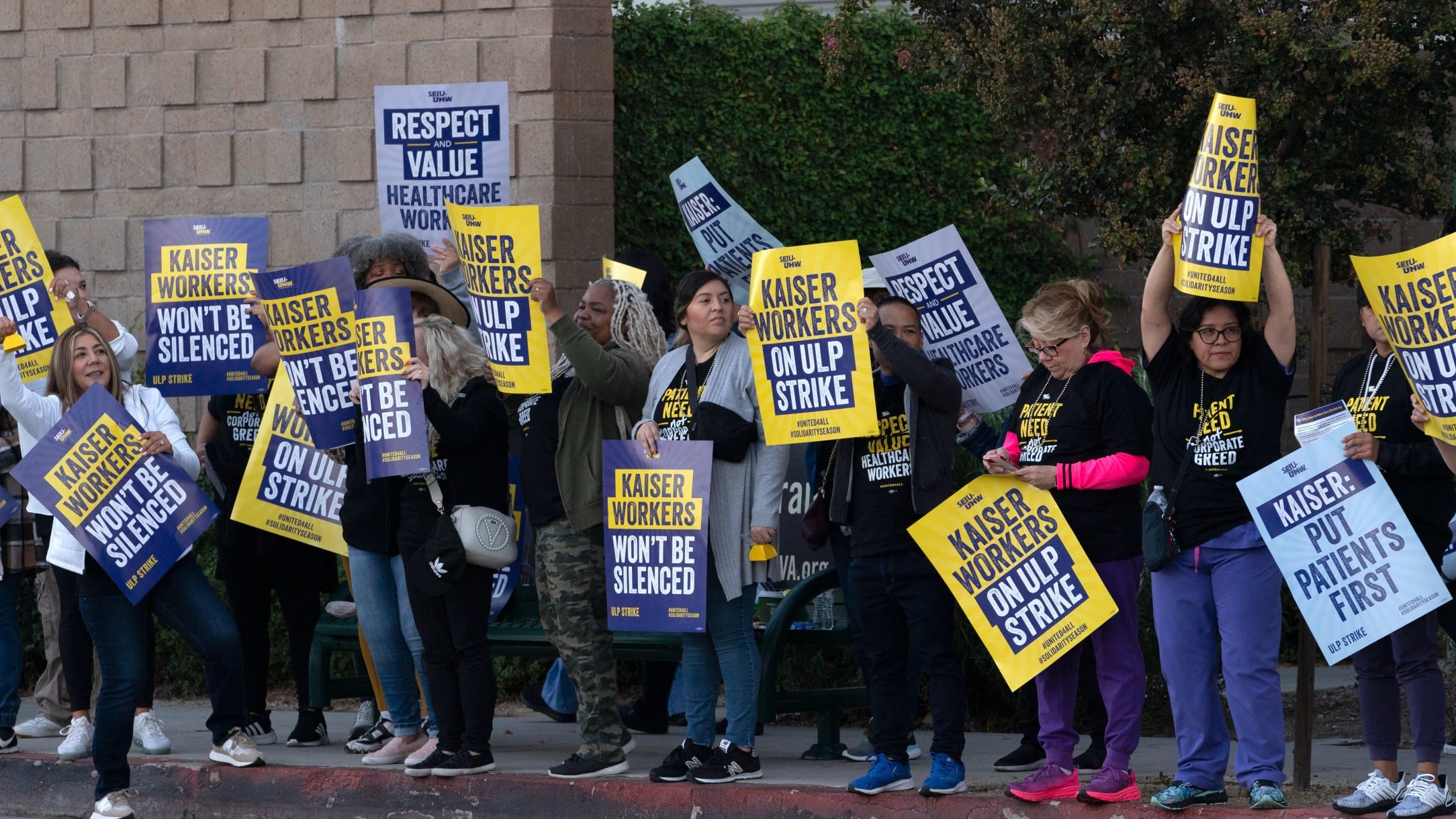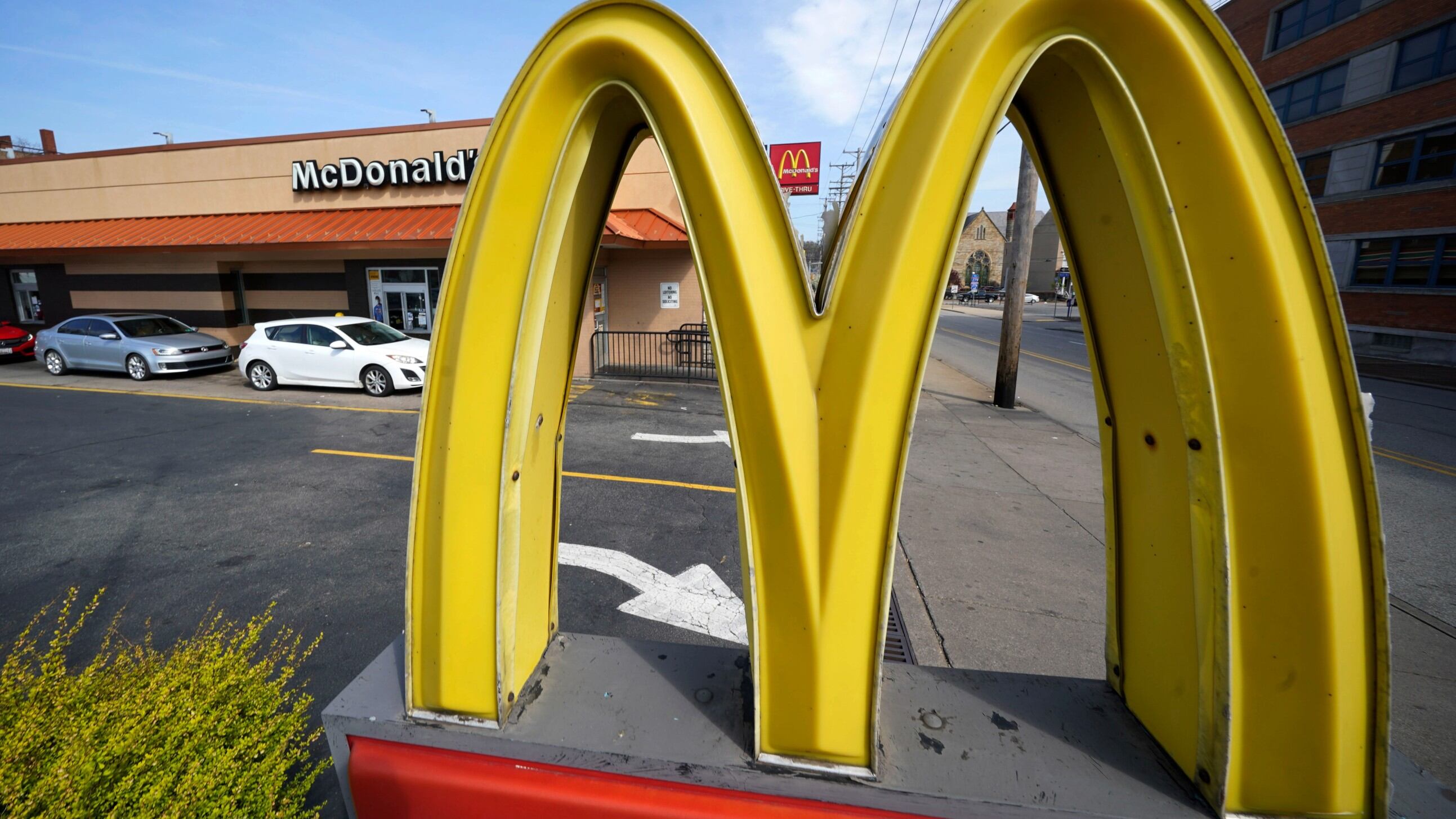**NEWS ANALYSIS** *By Nora Ali* When Amazon acquired Whole Foods in 2017, grocers and retailers across the United States felt the pressure. Acquiring its first grocery chain would allow Amazon to plant itself in hundreds of physical stores full of affluent customers willing to pay just a little bit more for products. Now, Amazon has an even more ambitious goal. By 2021, the company hopes to create [3,000 Amazon Go cashierless stores](https://cheddar.com/videos/amazon-planning-3-000-cashier-less-stores-by-2021), a number that’s not too distant from Walmart’s roughly 5,000 stores across the U.S. The race to win e-commerce is becoming a race to win brick-and-mortar. In and of itself, the cashierless technology is a first: customers armed with a smartphone and the Amazon Go app can grab items without scanning, without a checkout line, and without the general frustrations of a traditional store. But beyond the tech and convenience advancements, Amazon’s opportunity with physical space is far greater. Amazon Go stores could be used to reduce the costs of last-mile delivery, the pesky and expensive part of delivering items to customers’ homes. Amazon already uses convenience stores like 7-Eleven as “pickup lockers,” where customers can retrieve their items instead of having them home-delivered. Amazon Go stores could make this convenience far more widespread. Another area ripe for growth? The new stores could also give Amazon a leg-up in healthcare as it continues to chase the market. Amazon acquired PillPack in July as a first move into online prescriptions, but having a physical location may allow it to expand its healthcare capabilities with services like drop-in clinics. According to Gartner L2, 31 percent of the U.S. population is within 20 miles of an Amazon warehouse. Comparatively, a whopping 98 percent of the population is within 20 miles of a Walmart store. For Amazon to continue its advantage with speed, it will have to increase its warehouse footprint. The cashierless stores can help, by potentially acting as “mini-fulfillment centers.” Amazon also has troves of data on the products that are most frequently purchased via Prime. If Amazon Go stores keep these items in stock, urban dwellers can swing by to nab items even faster – and again, reduce the cost of last-mile delivery. The potential customer base for Amazon Go is critical. As Amazon Go stores focus on dense cities, Amazon has access to higher-income urban customers – which Walmart is also courting, particularly with the relaunch of its acquired Jet.com. But there’s a potentially even greater benefit in data Amazon could reap about its customers. Understanding how people shop in-person and online will enable Amazon to create a fuller picture of each customer – which means better product recommendations and ad-targeting. If ads are more efficient, then brands will have all the more reason pay Amazon instead of Google to promote their products (a particularly important high-margin business for Amazon, as evidenced by its recent spot as the No. 3 digital advertising player, after Facebook and Google). In addition to data, Amazon can leverage its stores as testing hubs for concepts like image-recognition technology. Store space could also be used to display and feature new devices, like the new Echo smart speakers that Amazon just unveiled on Thursday. It could also present a way to lure new Prime members, if discounts are offered in Amazon Go stores only for those who hold a subscription. And it seems pretty obvious that Amazon’s ambitions won’t stop at these brick-and-mortar stores. The company’s own Amazon Go page provides a hint for its ever-expansive future: “Our checkout-free shopping experience is made possible by the same types of technologies used in self-driving cars: computer vision, sensor fusion, and deep learning.” As retail giants like Walmart and Kroger test delivery logistics with autonomous vehicles, it seems clear that Amazon will be going after them, too.












